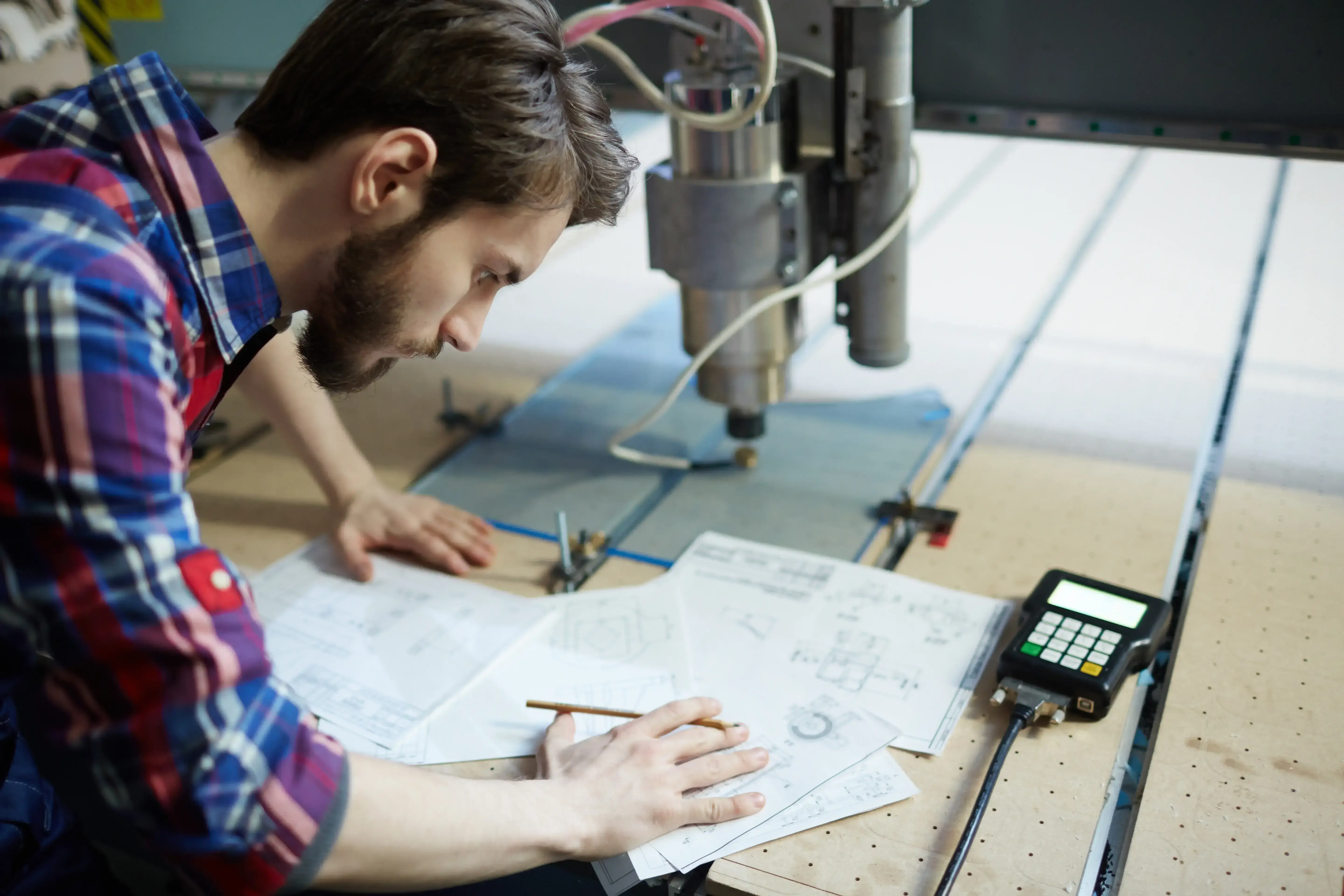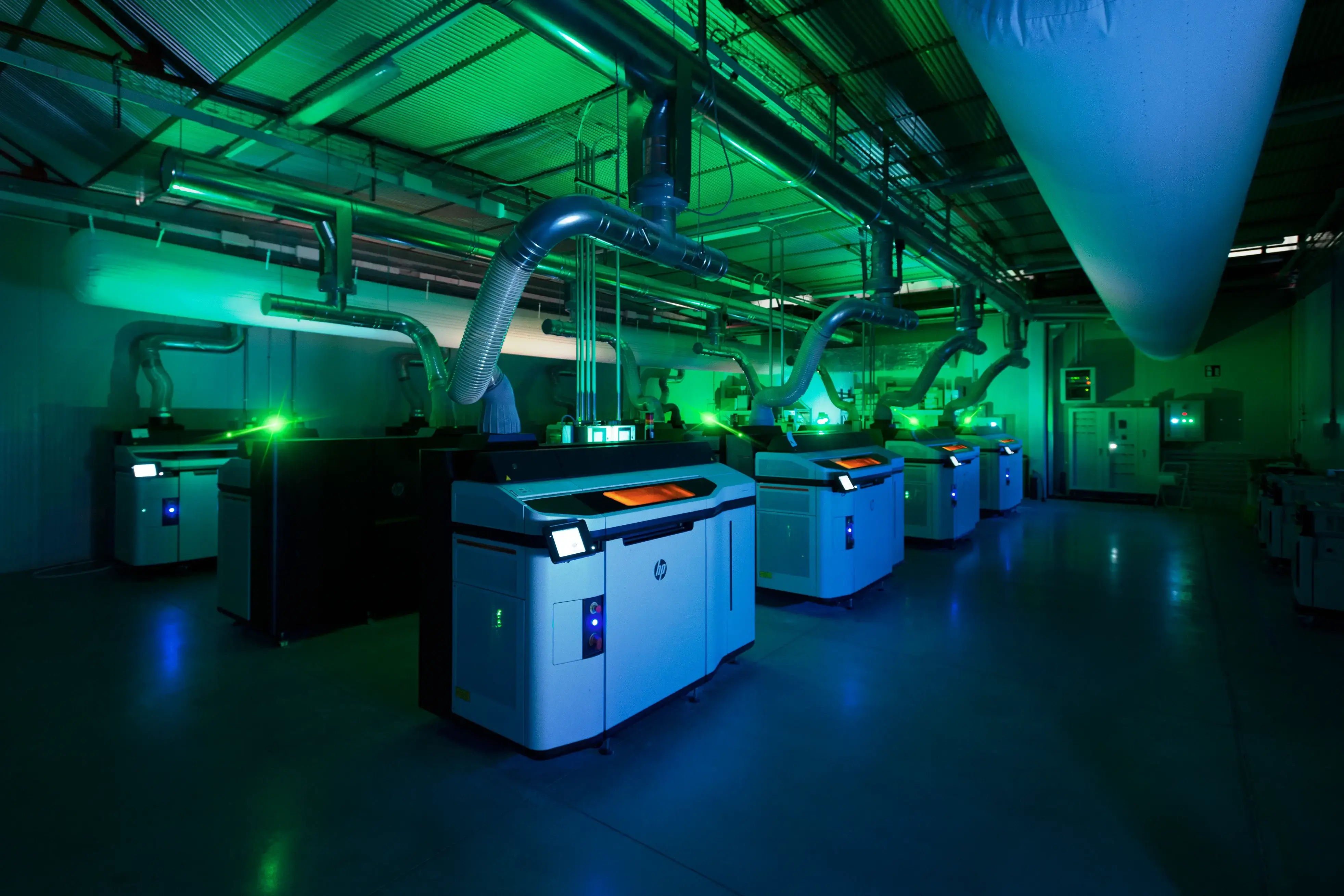2 min read
Guide to Topology Optimisation for 3D Printing
The evolution of manufacturing technology has led to revolutionary design and manufacturing paradigms. Topology optimisation in 3D printing...

Anodising is an electrochemical process that creates a protective layer of aluminium oxide on the surface of metallic components. This layer increases corrosion resistance, improves hardness and wear resistance, and can also improve the aesthetic appearance of the component. But how does anodising work exactly, and how does Weerg, a leader in the online manufacturing industry, use this process to improve its products?
Anodising, or anodic oxidation, is an electrolytic passivation process used to increase the thickness of the natural oxide layer on the surface of metal components. This protective layer reinforces the corrosion resistance of the component, improves its hardness and wear resistance, and provides better adhesion to primers and glues than bare metal.
The process is called anodising because the part to be treated constitutes the anodic electrode of an electrolytic cell. It can only be applied to aluminium, due to a reaction between the metal and oxygen, which results in the formation of aluminium oxide. This oxide layer deposits on the surface of the component, creating a protective coating.
The anodising process takes place in three main steps:
Preliminary Treatments: This stage involves various treatments, both chemical and mechanical, such as brushing, degreasing, chemical etching, neutralisation, and pickling.
Anodic Oxidation: After the preliminary treatments, the anodising process is carried out. During this process, an oxide film forms on the metal, making it extremely porous. This porosity is ideal for colouring.
Finishing: This phase includes colouring, fixing in demineralised water to close the pores and make the anodic layer glassy and impermeable, and finally oiling, which serves to remove any residual fixing dust.
 image by nuovachima.it
image by nuovachima.it
Weerg, with its online manufacturing platform, offers anodising services to improve the quality and durability of its aluminium products. Using advanced techniques and the latest equipment, it provides a high-quality anodising service tailored to the specific needs of customers.
Weerg offers anodising to protect aluminium alloys from chemical attacks and oxidation, as well as to change the color of the object. Both glossy and matte anodising options are available. With the former, some tool marks may remain visible on the finished component. On the other hand, with the matte option, components are shot-peened before the chemical process, effectively concealing any tool marks.
Anodising is a key process for improving the strength and durability of aluminium components. With its experience and expertise in the online manufacturing, Weerg is able to offer high-quality anodising services that fulfil to the specific needs of its customers. Whether it is mechanical components, automotive parts, or products for the aviation and chemical industries, Weerg uses anodising to improve the quality and durability of its products.

2 min read
The evolution of manufacturing technology has led to revolutionary design and manufacturing paradigms. Topology optimisation in 3D printing...

1 min read
In the modern landscape of manufacturing, 3D printing technology is emerging as a revolutionary force. With a wide range of techniques available, it...

2 min read
Anodising is an electrochemical process that creates a protective layer of aluminium oxide on the surface of metallic components. This layer...